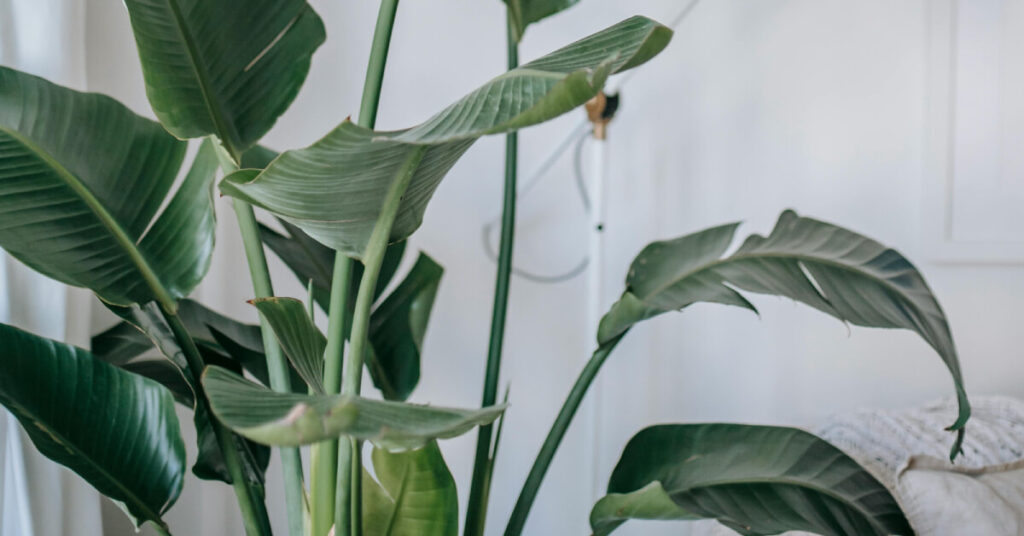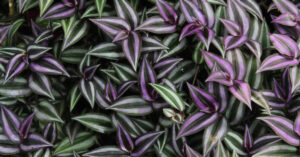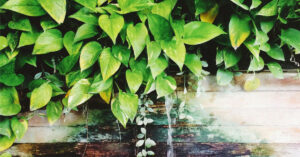Strelitzia
Few indoor plants command attention quite like the Bird of Paradise ( Strelitzia ). With its dramatic, large, paddle-shaped leaves and, when mature, its unmistakable crane-like flowers resembling exotic birds in flight, this plant brings an unparalleled sense of tropical grandeur to any interior. Native to South Africa, the Bird of Paradise is a statement piece, embodying both elegance and a wild, untamed beauty that can transform a mundane corner into a vibrant, botanical display.
Cultivating the Strelitzia: Light, Water, and Warmth Essentials
To encourage robust growth and, eventually, those breathtaking blooms, providing the right environmental conditions is paramount for your Bird of Paradise.
Illumination Needs: The Bird of Paradise truly flourishes in abundant light. Aim for full sun to bright indirect light. If you’re hoping for it to flower indoors, providing at least 4-6 hours of direct sunlight, ideally from a south or west-facing window, is highly beneficial. Without sufficient light, while the foliage will still be attractive, flowering is unlikely. Rotate the plant periodically to ensure even growth.
Watering Wisdom: Adopt a moderate watering approach. Allow the top 2-3 inches of the soil to dry out completely before watering thoroughly. When you water, do so until you see water draining from the bottom of the pot. Ensure the plant is never left sitting in stagnant water, as this can quickly lead to root rot. During the cooler, darker months of fall and winter, reduce watering frequency as the plant’s growth naturally slows.
Atmospheric Comfort: While the Bird of Paradise can tolerate medium humidity, it will certainly appreciate higher levels, especially in dry indoor environments. If your home air is very dry, consider placing the plant near a humidifier or on a pebble tray filled with water. Occasional misting can provide a temporary boost, but isn’t a substitute for consistent humidity if needed.
Temperature Preferences: These tropical beauties thrive in warm conditions, preferring temperatures between 65-80°F (18-27°C) during the day. They can tolerate slightly cooler night temperatures but should never be exposed to temperatures below 50°F (10°C), which can cause damage. Protect them from cold drafts, especially during winter.
Nurturing Your Strelitzia: Soil, Feeding, and General Care
Beyond the environmental basics, providing proper nutrients and regular care will ensure your Bird of Paradise remains a magnificent focal point.
The Right Foundation: Soil Type: A rich, well-draining potting mix is ideal for the Bird of Paradise. Look for a blend that allows for good aeration while still retaining some moisture. A slightly acidic to neutral pH is preferred. You can amend standard potting mix with compost, perlite, or coarse sand to improve drainage and nutrient content.
Feeding for Flourish: During its active growing season in spring and summer, fertilize your Bird of Paradise monthly with a balanced liquid fertilizer. For best flowering, some growers prefer a fertilizer slightly higher in phosphorus. Reduce feeding to bi-monthly in the fall and cease entirely in the winter when the plant is dormant.
Tending to Health: Bird of Paradise plants benefit from occasional leaf cleaning to remove dust and optimize photosynthesis. Their large leaves can sometimes split along the veins, which is a natural occurrence and not a sign of distress, though it can be exacerbated by low humidity or physical disturbance. Prune away any yellowing or damaged leaves at the base to direct the plant’s energy towards new, healthy growth. While generally resilient, keep an eye out for common pests like scale insects or mealybugs, and treat promptly if detected.
The Lasting Impression of the Bird of Paradise
The Bird of Paradise is an exceptional plant for those looking to make a bold statement in their indoor garden. Its architectural form and the promise of its spectacular blooms create a truly tropical oasis. While it requires ample space and consistent care, the rewards of growing this magnificent plant are immense, offering an ongoing display of vibrant foliage and, with patience and the right conditions, a stunning floral show that truly lives up to its name.




